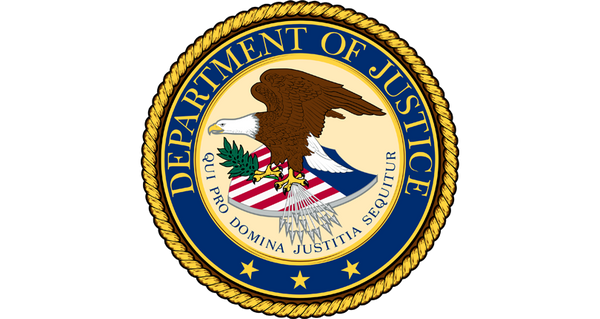DOJ Builds Bug Bounty Framework, Hopes to Curve Criminal Violations

The Department of Justice has recently created a framework for a vulnerability disclosure program in an attempt to help both public and private sector organizations identify vulnerabilities and reduce the chances for criminal cyber activities.
The four-step framework proposed by the DOJ Criminal Division”s Cybersecurity Unit has been developed in light of recently conducted bug bounty programs that were met with success. The Hack the Pentagon, Hack the Army, and Hack the Air Force programs ran via the HackerOne platform brought forward a large number security researchers and financial compensations ranging in the hundreds of thousands of dollars.
“The Criminal Division”s Cybersecurity Unit has prepared this framework to assist organizations interested in instituting a formal vulnerability disclosure program,” reads the DOJ framework. “It provides a rubric of considerations that may inform the content of vulnerability disclosure policies.”
While the framework does not intended to describe in detail every aspect of the bounty program, but it does serve as a blueprint for setting one up. The DOJ recommends that organizations start by designing the program and deciding which network components should be included.
The second step involves describing how vulnerabilities are to be reported and who is in charge of answering them, while the third step includes describing the organizations intent. As expected, the last step is the actual implementation of the vulnerability program and encouraging security researchers to participate.
“The framework does not dictate the form of or objectives for vulnerability disclosure programs; different organizations may have differing goals and priorities for their vulnerability disclosure programs,” according to the DOJ framework. “Instead, the framework outlines a process for designing a vulnerability disclosure program that will clearly describe authorized vulnerability disclosure and discovery conduct, thereby substantially reducing the likelihood that such described activities will result in a civil or criminal violation of law under the Computer Fraud and Abuse Act (18 U.S.C. § 1030).”
tags
Author
Liviu Arsene is the proud owner of the secret to the fountain of never-ending energy. That's what's been helping him work his everything off as a passionate tech news editor for the past few years.
View all postsRight now Top posts
How to Protect Your WhatsApp from Hackers and Scammers – 8 Key Settings and Best Practices
April 03, 2025
Outpacing Cyberthreats: Bitdefender Together with Scuderia Ferrari HP in 2025
March 12, 2025
Streamjacking Scams On YouTube Leverage CS2 Pro Player Championships to Defraud Gamers
February 20, 2025
How to Identify and Protect Yourself from Gaming Laptop Scams
February 11, 2025
FOLLOW US ON SOCIAL MEDIA
You might also like
Bookmarks








